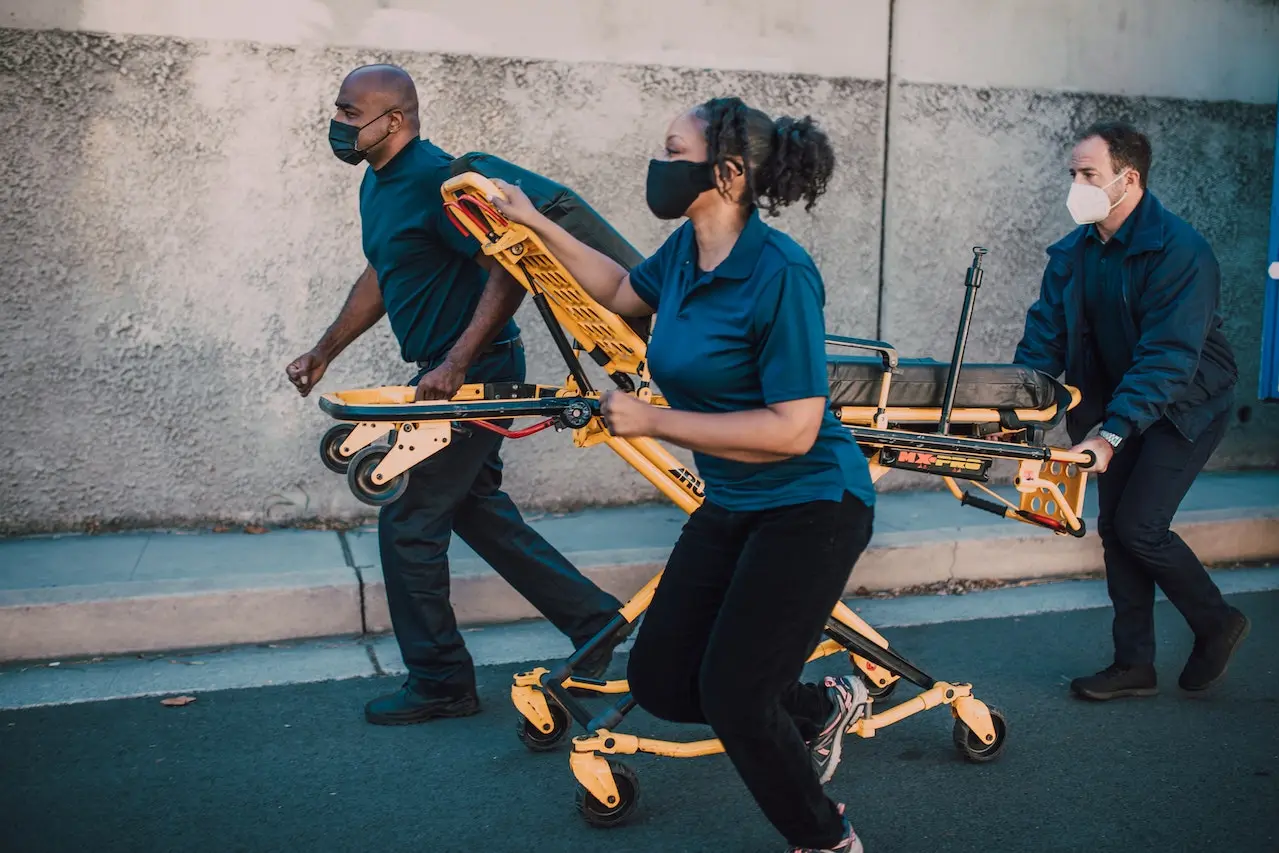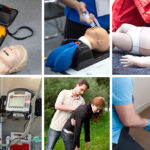- There is a fire every 23 seconds in the US. In 2021, fire fatalities in the US accounted for 3,800 deaths and 14,700 injuries.
- There are over 356,000 out-of-hospital cardiac arrests annually in the US.
- On average, 11 people die from drowning every day.
These statistics are shocking as well as heartbreaking. But they illustrate the importance of knowing what to do in an emergency situation.
In an emergency situation, the stakes are high. The pressure can be overwhelming. It’s easy to feel lost. You may also feel unsure of what to do. But with the right preparation, you can take the best possible course of action.
In an emergency situation, it is important to act quickly and calmly. Look around and take in everything you can see. Pay attention to potential dangers and decide on the best course of action. If someone is injured, provide first aid and call for help if necessary. It is also important for your own emotional reactions. Remember, a calm and focused mind can make the best decisions.
But what if you don’t know how to provide first aid? It can turn out to be fatal for the victim. Timely medical intervention can make the difference between life and death in such situations.
The American CPR Care Association strives to impart emergency care training to people. Laypersons as well as healthcare professionals can benefit from our range of courses. You can choose a course by simply registering on the ACCA website.
It will empower you to save lives!
This blog will help you understand the basic steps to take in an emergency situation.
Your response in an emergency situation can be classified into three sections:
- Assess the situation
- Provide first aid
- Manage emotional reactions
Let us understand each step in detail.
Steps to assess the medical emergency
The first thing to do in an emergency is to take a moment to assess the situation. Take deep breaths and think about the best way to respond. Look around and determine what is happening. Is there an injured person who needs medical attention? Is there a fire or a hazardous situation? If there is, make sure that you and any other people in the area stay safe. It’s important to remember that in an emergency situation, safety should be your first priority. Try to evacuate the area or get to a safe place as early as possible.
In the meantime, try to take measures to minimize the damage. Turn off the electricity, extinguish small fires, and remove any hazardous materials.
Follow the steps below to assess the medical emergency.
- Check for any life-threatening conditions such as severe bleeding, difficulty breathing, chest pain, etc.
- Check for any objects that may be causing the injury, such as broken glass, debris, etc.
- Assess the level of consciousness of the injured person and their ability to move.
- Check the pulse and breathing rate of the injured person.
Basic first aid steps
If someone has been injured, it is important to provide first aid. This includes calling 911 and following the instructions of the operator. They may ask you to apply pressure to a wound. You may also need to provide CPR to help someone who has stopped breathing.
Follow the steps below to provide basic first aid.
- Take a clean cloth to stop any bleeding.
- Apply little pressure to the wound, if required.
- Immobilize any broken bones.
- Treat any burns with cool water and cover them with a clean cloth.
- Position the injured person in a comfortable position.
Critical steps to manage emotional reactions of patients
It is natural to feel scared or overwhelmed in an emergency situation. Simply take some deep breaths and most importantly, focus on staying calm. Make sure to check in with anyone else in the area. Encourage them to stay calm and help in whatever way they can.
Follow the steps below to manage the emotional reactions of patients.
- Remain calm and reassuring.
- Ask short questions and give concise instructions.
- Speak in a gentle, caring tone.
- Listen to the patient’s concerns and offer advice.
- Assure them that help is on the way.
- Reassure the patient that the situation will be managed.
Conclusion
Staying calm and giving a quick response is essential during an emergency situation. Knowledge of how to respond in an emergency can help you provide first aid to the victim. Manage any emotional reactions of the patient and remain reassuring. If possible, call for medical help.
The American CPR Care Association has been helping people learn basic first-aid procedures. We train you to administer medical procedures during critical conditions. Whether it is a heart attack, stroke, drowning, or severe injury, we train you to respond to every situation.
Learn how to provide basic first aid and perform high-quality CPR. Join millions of people who get trained at ACCA.







